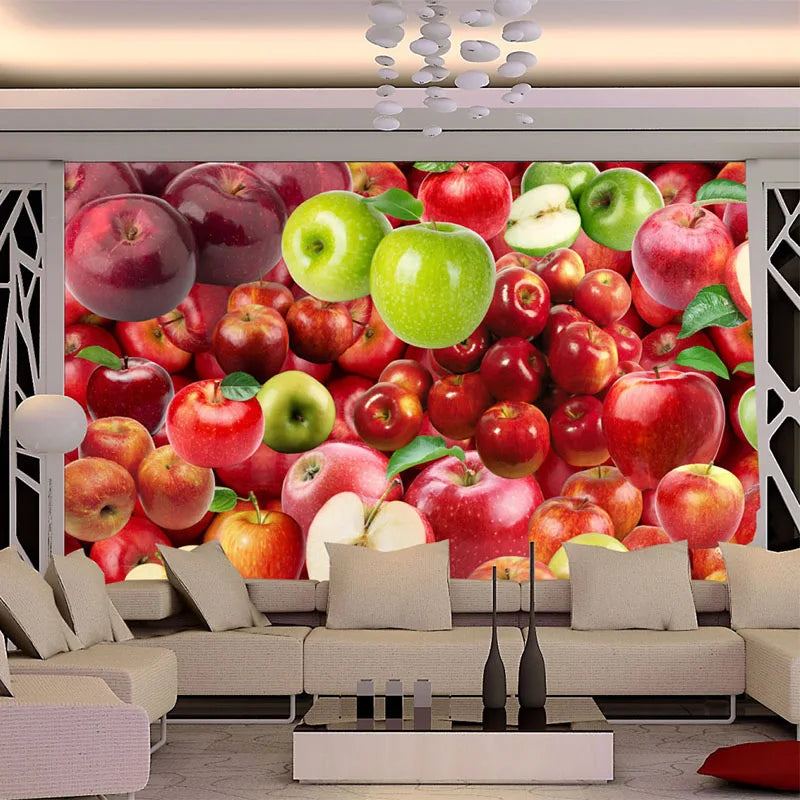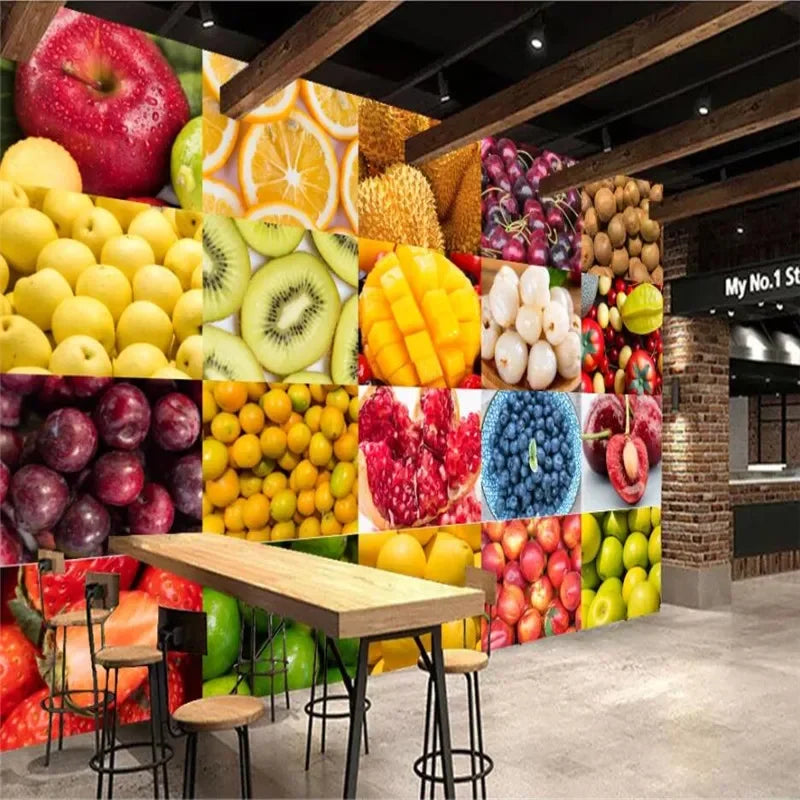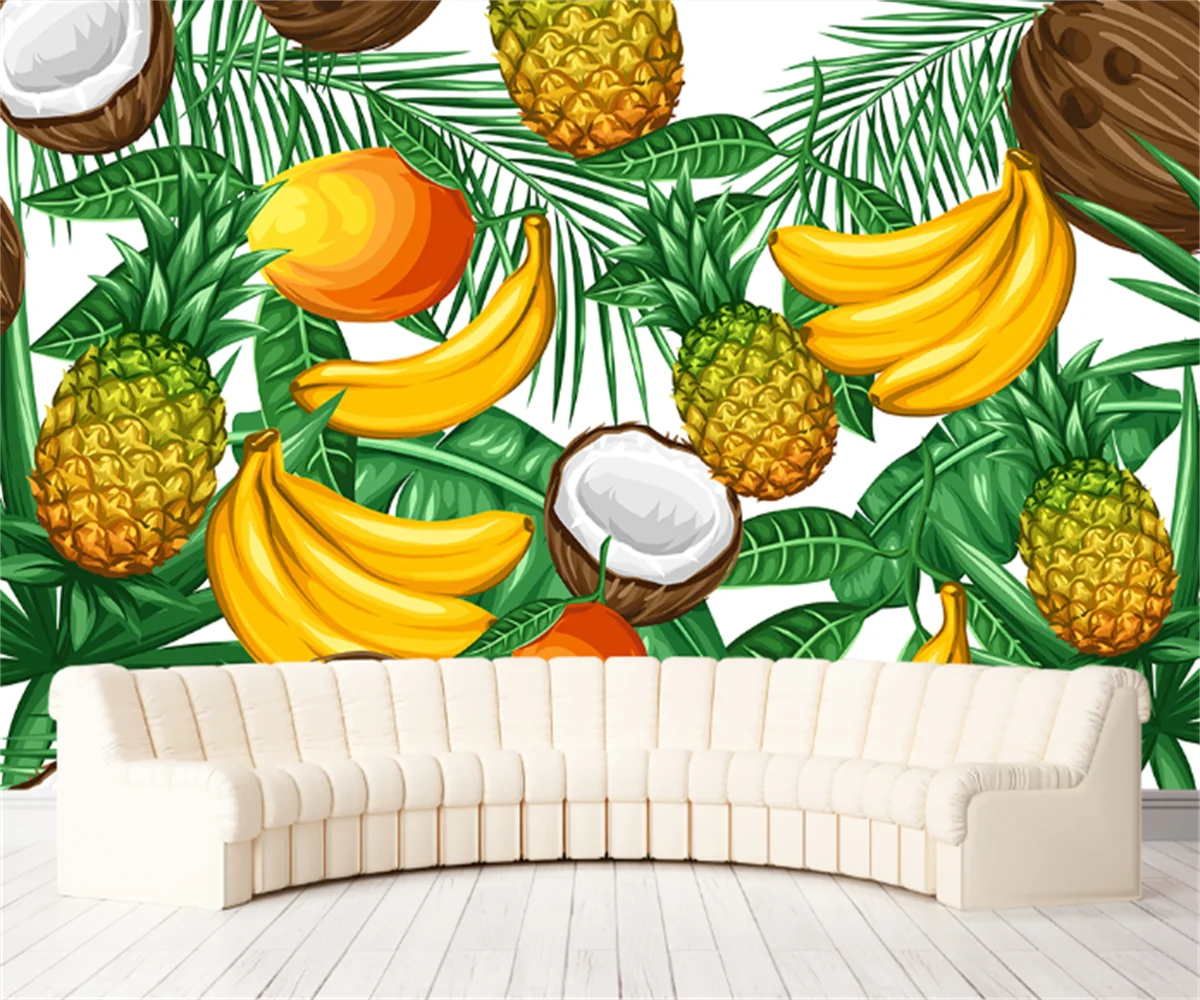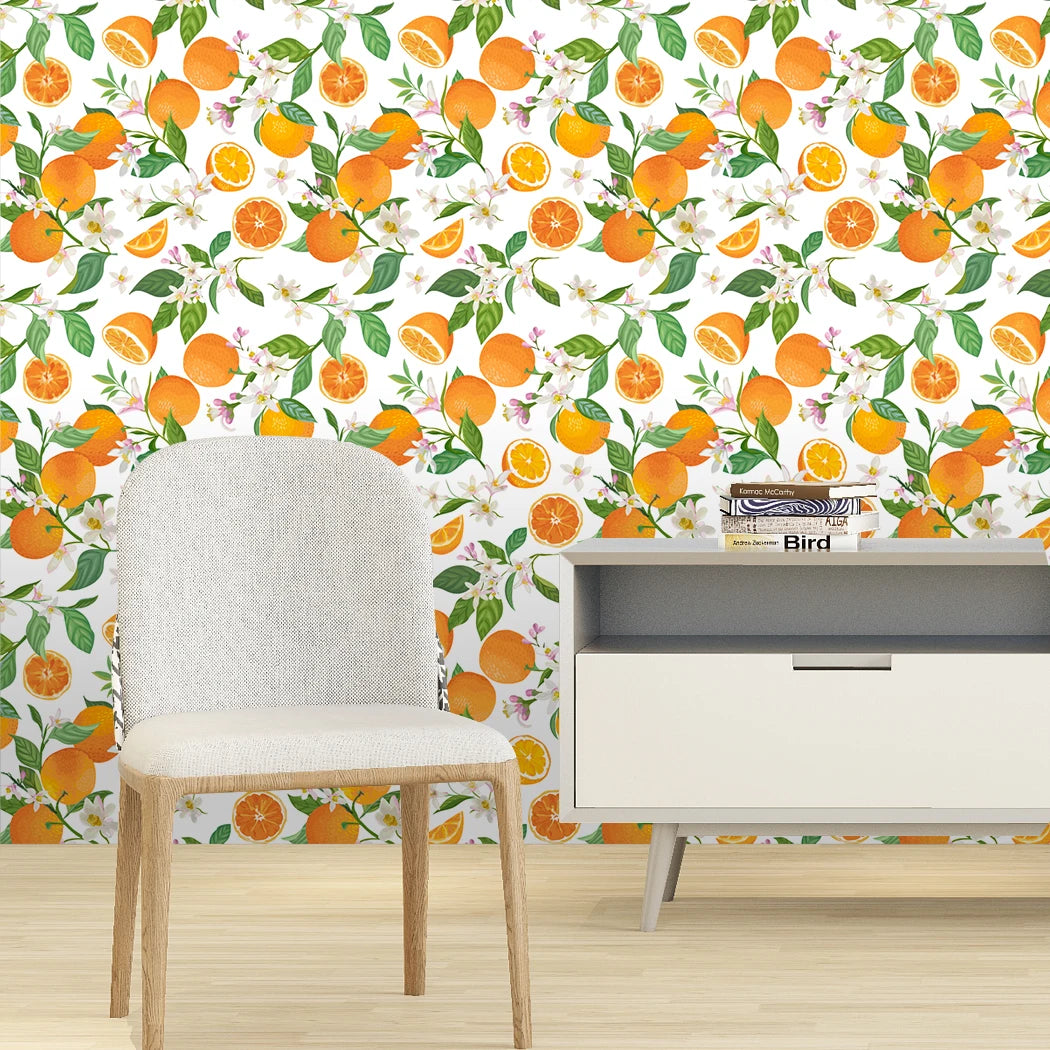How To Make Wall Paper Paste
How to Make Wallpaper Paste: A Step-by-Step Guide for Beginners
Are you tired of the same old wallpaper and want to give your walls a fresh new look? Making your own wallpaper paste can be a cost-effective and fun DIY project. In this guide, we will walk you through the step-by-step process of making wallpaper paste from scratch. With just a few simple ingredients and some patience, you can have the perfect sticky solution to hang your favorite wallpaper designs.
Gather Your Ingredients
Before we begin, let's gather all the necessary ingredients to make your own wallpaper paste. You will need:
- White flour
- Cold water
- Sugar
- Liquid starch
- Large mixing bowl
- Whisk or spoon
Now that you have everything ready, let's move on to the step-by-step process.
Step 1: Mix Flour and Water
In a large mixing bowl, combine half a cup of white flour with one cup of cold water. Use a whisk or spoon to mix the ingredients together until you have a smooth and lump-free consistency.
This mixture will be the base of your wallpaper paste and will provide the necessary adhesive properties to stick the wallpaper to the wall.
Step 2: Add Sugar for Extra Adhesive
To enhance the adhesive properties of your wallpaper paste, add one tablespoon of sugar to the flour and water mixture. Mix well until the sugar is fully dissolved.
The sugar acts as a binding agent and helps the paste stick better to the wallpaper and the wall surface.
Step 3: Incorporate Liquid Starch
To make your wallpaper paste even stickier and more durable, add two tablespoons of liquid starch to the mixture. Stir well to combine.
Liquid starch is readily available in most grocery or craft stores, and it adds extra strength and longevity to your wallpaper paste.
Tips for Using Wallpaper Paste
Now that you have successfully made your own wallpaper paste, here are some tips to ensure a smooth application:
Tip 1: Test the Adhesive
Before applying the wallpaper paste to your walls, it's a good idea to do a small test area to make sure the adhesive works well with your chosen wallpaper. Apply a small patch of paste to a corner of the wallpaper and press it onto the wall. Leave it for a few hours to see if it sticks properly.
If the wallpaper starts to peel off or doesn't adhere to the wall, you may need to adjust the consistency of the paste by adding a bit more flour or starch.
Tip 2: Use a Wallpaper Brush
When applying the wallpaper to the wall, use a wallpaper brush to smooth out any air bubbles or creases. Start from the center and work your way outwards, ensuring that the wallpaper is properly aligned and adhered to the wall.
A wallpaper brush will help you achieve a professional and seamless finish.
Tip 3: Clean Up Excess Paste
After you have applied the wallpaper, gently wipe off any excess paste using a damp sponge or cloth. This will prevent the paste from drying and leaving visible residue on the wallpaper.
Make sure to clean up any spills or drips immediately to avoid stains or damage to the wallpaper.
Frequently Asked Questions
Can I use wallpaper paste for other crafts?
Yes, wallpaper paste can be used for various craft projects, such as decoupage or collage. It provides a strong and long-lasting adhesive for different types of materials.
How long does homemade wallpaper paste last?
Homemade wallpaper paste can last for several weeks if stored in an airtight container in a cool and dry place. However, it is recommended to prepare a fresh batch whenever you plan to hang new wallpaper.
Can I use wallpaper paste for vinyl or self-adhesive wallpaper?
No, wallpaper paste is not suitable for vinyl or self-adhesive wallpaper. These types of wallpaper usually come with their own adhesive backing or require a specific type of adhesive recommended by the manufacturer.
Summary
In this guide, we have explored the step-by-step process of making your own wallpaper paste. By mixing flour, water, sugar, and liquid starch, you can create a sticky and durable adhesive for hanging wallpaper. Remember to test the adhesive, use a wallpaper brush for smooth application, and clean up excess paste for a professional finish. Now, you can confidently embark on your wallpapering project and transform your walls with ease.











